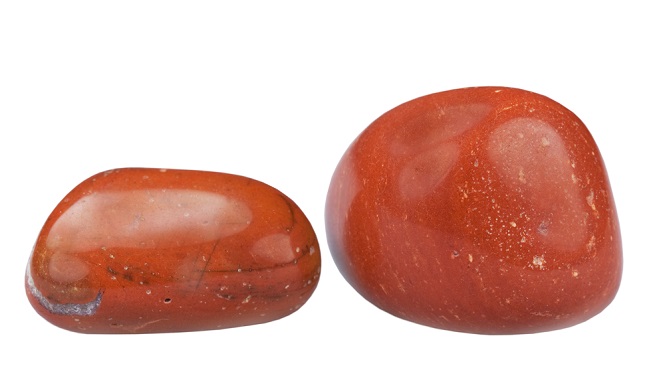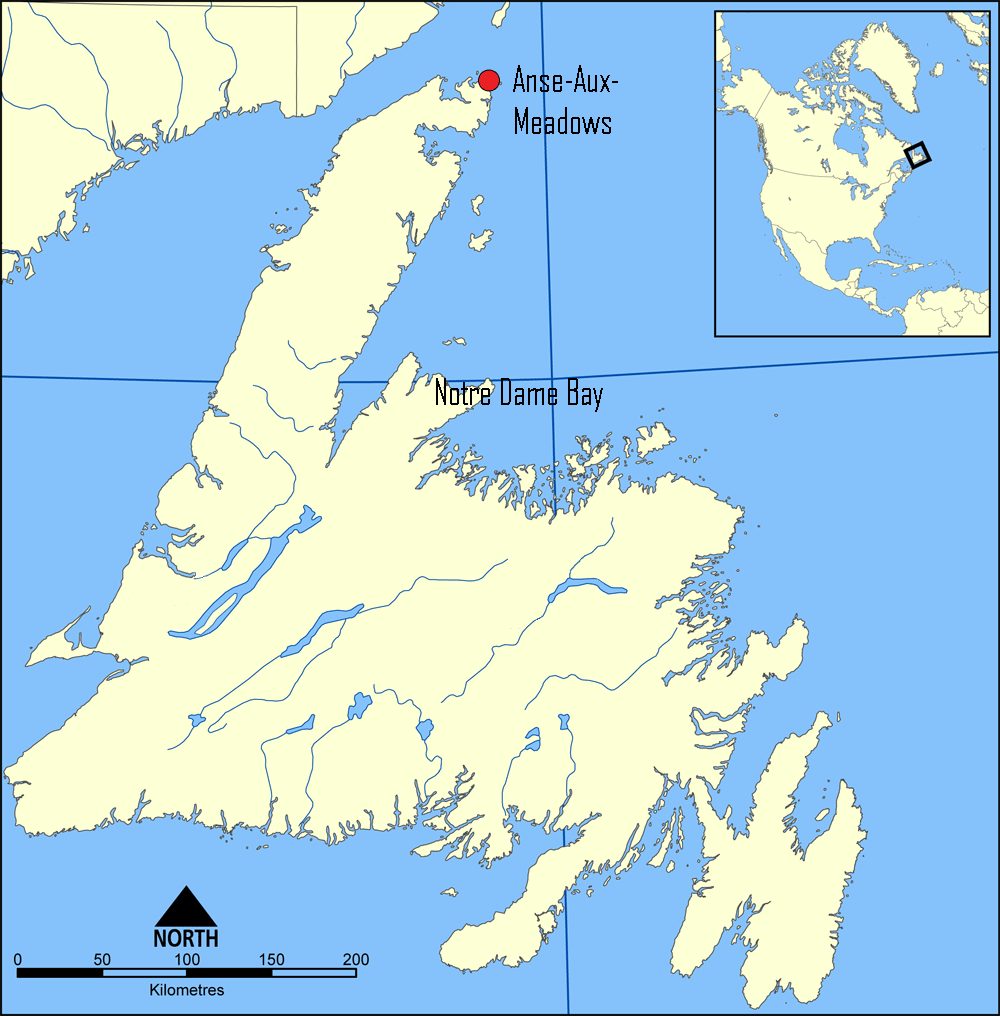Jasper and Butternuts on the Edges of Vinland June 9, 2013
Author: Beach Combing | in : Medieval , trackback***Dedicated to Wade***
Jasper is a silica stone that was used by our ancestors both as a decoration and as a form of primitive match. Because of its fire-making properties jasper is often found in archaeological digs. A nice example of this is the dozen odd pieces of jasper that have been discovered over the years at Anse-Aux-Meadows, the one reliably identified Viking site in North America. In the past archaeologists could do nothing but stare at the jasper stones and imagine Viking fires a thousand odd years ago. But now with geochemical characterization it is possible to identify where the different jasper stones originated. For the record, four came from Iceland, five from Greenland and two from Newfoundland.
It is the two jasper pieces from Newfoundland that have been causing excitement, particularly after a presentation at the annual meeting of the Society for American Archaeology in Honolulu last week. One was found in 2008, near a Norse hall, but also quite close to earlier Amerindian structures, meaning that its provenance is not absolutely secure. The second though was found in the first digs at Anse and is more definitely associated with Norse structures. Neither piece of jasper is local: both pieces came from Notre Dame Bay, some two hundred and thirty miles to the south.
Archaeologists are excited about this because it suggests that ships went south from Anse down the coast of eastern Newfoundland to a land of trees and dense Amerindian settlements: though Beach supposes that they could have been traded north? There has even been some, nonsense written, that this trip south might have marked the first Norse contact with native populations. That had happened at Anse itself, if not far to the north on Baffin Island or even, just possibly, in Greenland. Then, while any new evidence should up our heartbeat, it is hardly surprising that the Norse headed down the coast. Indeed, butternuts have also been discovered at Anse aux Meadows, almost certainly come from the Gulf of St Lawrence, a far more intrepid journey into the heart of Vinland.
Of course, historians and archaeologists are right to allow evidence to guide their discussions of Viking exploration in the New World. But when we think about evidence for Norse exploration of the northern Atlantic we also need to give ‘common sense’ (admittedly a dangerous couple of words) its dues. Here are a few ‘common sense’ propositions for Vinland plus. Would anyone, even the most hardened sceptic, disagree that these are EXTREMELY LIKELY even though proof is patchy?
(i) Viking settlement at Anse Aux Meadows will have certainly included exploratory seaborne trips to the south, in search of resources.
(ii) There will have been at least another Viking settlement (however, temporary and rudimentary) between Anse Aux Meadows and the Greenland Settlements.
(iii) It is likely, particularly given the different resources available there, that Western Settlement sailors regularly visited Baffin Island until the dissolution of said Settlement?
(iv) Given the absence of timber in Greenland, and the inadequacy of driftwood for ship building, visits to the New World must have continued to within a generation of the end of the Western and probably the Eastern Settlement?
Any other common sense propositions about Norse New World visits and settlements? drbeachcombing AT yahoo DOT com
25 June 2013: Open Sesame writes: You’ve forgotten the most obvious of them all. Would anyone disagree that if the Greenland Settlements knew about the existence of lands to the west is it really possible that this information had not reached Iceland, Scandinavia, England, France, Spain…? Where to draw the line? Gus has this to add: Your interesting post on Jasper and Butternuts on the Edges of Vinland. I hadn’t appreciated that Jasper was such a specific indicator of Norse occupation. In the Scottish islands it is soapstone, used mainly for cooking utensils that is the give-away when found in sites. “Any other common sense propositions about Norse New World visits and settlements?” Have you seen or heard of the carvings of maize and cacti in Rosslyn Chapel in Scotland, which was built in 1446? The story goes that the St Clair (Sinclair) who built it had gone on a trip the the New World with some Viking relatives. http://www.rosslynchapel.org.uk/history.php – picture 3. I have better pictures somewhere on a hard drive. They are very obviously maize and cacti when seen first hand. Thanks Gus and Open Sesame!




